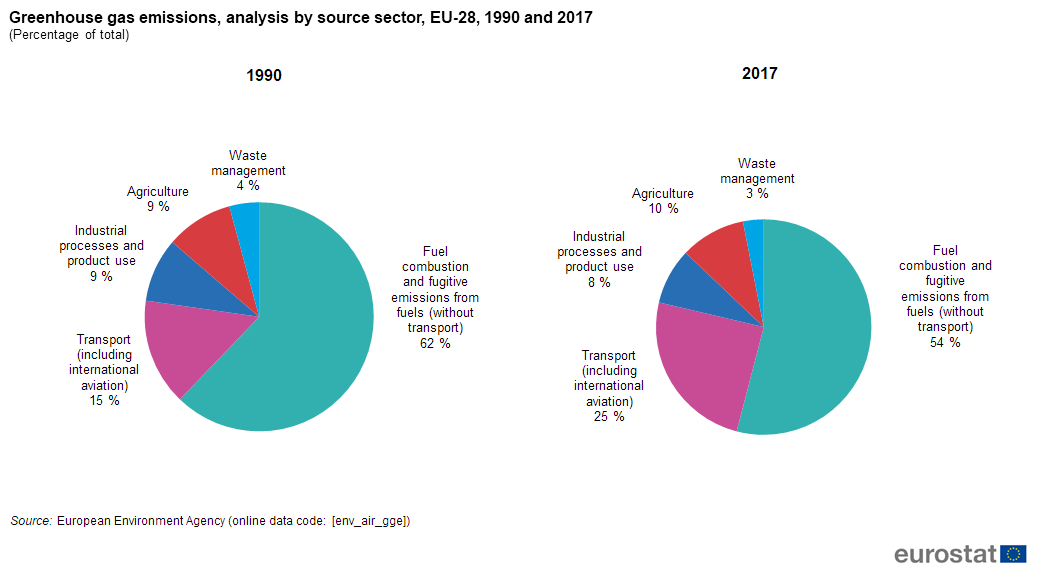Contents:
Just as a new car loses value when it’s driven off the lot, so do many of the assets needed to run a business. In this case, it is important to add any capital expenditure incurred on the machinery’s cost. An expenditure directly related to making a machine operational and improving its output is considered a capital expenditure. In other words, this is a part of the machine cost that can be depreciated. For example, installation, wages paid to install, freight, upgrades, etc. After the asset’s useful life is over and when all depreciation is charged, the asset approaches its scrap or residual value.
This, in turn, helps businesses to make informed decisions about investments, expansions, and other financial activities. You’ll need to understand how depreciation impacts your financial statements. And to post accounting transactions correctly, you’ll need to understand how to record depreciation in journal entries. To find the annual depreciation expense, divide the truck’s depreciable base by its useful life to get $5,400 per year. You find that you can sell the truck for $3,000 after five years because you subtracted the cost of the truck from its depreciable base.
If you own a piece of machinery, you should recognize more depreciation when you use the asset to make more units of product. If production declines, this method reduces the depreciation expense from one year to the next. Let’s assume that a piece of machinery worth 100,000 was purchased on April 1st 2023, with a scrap value of nil and a depreciation rate of 10% (straight-line method).
Units of Production
This helps to ensure that company revenues are matched with the costs of assets used by a company to generate that revenue. Overall, a daily summary for tracking business cash flow is an essential accounting tool for businesses of all sizes. It provides a clear and concise overview of the cash position of the business and helps to ensure that there is enough cash available to cover expenses and investments. By monitoring cash flow on a daily basis, businesses can make informed decisions about their operations and financial strategies and ensure their long-term financial stability and planning. As said in the introduction, depreciation is an accounting concept used to describe the decrease in the value of a fixed asset over time due to the asset being used, becoming outdated, or simply aging.
Accumulated depreciation is the total depreciation of that asset for all of the preceding years. If an asset loses 10% of its value each year, for example, after three years, the accumulated depreciation would be 30%. Multiply the $27,000 depreciable base by the first-year ratio to get a $9,000 depreciation expense in the second year. The van’s book value at the beginning of the third year is $9,000, or the van’s cost minus its accumulated depreciation ($16,000). Now, multiply the van’s book value ($9,000) by 40% to get a $3,600 depreciation expense in the third year. The depreciation method you choose depends on how you use the asset to generate revenue.

It’s common for businesses to use different methods of depreciation for accounting records and tax purposes. Accountants must create a reconciliation report that explains the differences between the accounting and tax depreciation for a business’s tax return. Once depreciation has been calculated, you’ll need to record the expense as a journal entry. The journal entry is used to record depreciation expenses for a particular accounting period and can be recorded manually into a ledger or in your accounting software application.
Double declining depreciation
Thomas J Catalano is a CFP and Registered Investment Adviser with the state of South Carolina, where he launched his own financial advisory firm in 2018. Thomas’ experience gives him expertise in a variety of areas including investments, retirement, insurance, and financial planning. Emma’s 70-person geographically distributed accounting team improved internal controls and streamlined the audit thanks to FloQast. Learn the difference between daily summary and per transaction recording in our blog. Synder provides a comprehensive solution for recording the transactions in bulk – daily summaries.
- Depreciation is the decrease in the value of assets due to use or normal wear and tear.
- An accumulated depreciation journal entry is the journal entry passed by the company at the end of the year.
- It provides a higher depreciation expense in the early years of the asset’s life, which may better reflect the actual decrease in value.
- Editorial content from The Ascent is separate from The Motley Fool editorial content and is created by a different analyst team.
Editorial content from The Ascent is separate from The Motley Fool editorial content and is created by a different analyst team. Mary Girsch-Bock is the expert on accounting software and payroll software for The Ascent. With this method, your monthly depreciation amount will remain the same throughout the life of the asset. Calculating depreciation will differ depending on the method of depreciation you’ve chosen.
Impact of a depreciation journal entry on accounting: financial statements
When you compute depreciation expense for all five years, the total equals the $27,000 depreciable base. The agency spent $50,000 on laptops, with the understanding that the laptops will need to be replaced in five years. Each laptop costs $1,000 and, after five years, will have a salvage value of $100. The agency purchased 50 laptops, which will each depreciate by $900, leaving them with a total depreciation of $45,000.
Depreciation and a number of other accounting tasks make it inefficient for the accounting department to properly track and account for fixed assets. They reduce this labor by using a capitalization limit to restrict the number of expenditures that are classified as fixed assets. If the fully depreciated asset is disposed of, the asset’s value and accumulated depreciation will be written off from the balance sheet. In such a scenario, the effect on the income statement will be the same as if no depreciation expense happened. Of course, this also applies when the company makes an exchange of fixed assets to replace the old fixed assets with the new ones.
In other words, the depreciated amount in the formula above is the beginning balance of the accumulated depreciation on the balance sheet of the company. Likewise, the accumulated depreciation in the formula represents the accumulated depreciation at the end of the accounting period which is the cutoff period that https://1investing.in/ the company prepares the financial statements. Thedouble-declining balance method is another accelerated depreciation method. After taking the reciprocal of the useful life of the asset and doubling it, this rate is applied to the depreciable base—its book value—for the remainder of the asset’s expected life.

Likewise, the net book value of the equipment is $2,000 at the end of the third year. As there is the involvement of the humans in recording the accumulated depreciation journal entry, there are chances of error in it. Keep in mind, though, that certain types of accounting allow for different means of depreciation. Let’s assume that if a company buys a piece of equipment for $50,000, it may expense its entire cost in year one or write the asset’s value off over the course of its 10-year useful life.
Declining Balance
There are various methods that businesses can use to calculate depreciation, including the straight-line method, declining balance method, and sum-of-the-years-digits method. The IRS requires businesses to use one of the approved methods for calculating journal entry for depreciation depreciation, including the straight-line, declining balance, and sum-of-the-years-digits methods. Each method has its own rules and guidelines for calculating depreciation, and businesses must choose the method that suits their needs.
The basic journal entry for depreciation is to debit the Depreciation Expense account and credit the Accumulated Depreciation account . Over time, the accumulated depreciation balance will continue to increase as more depreciation is added to it, until such time as it equals the original cost of the asset. At that time, stop recording any depreciation expense, since the cost of the asset has now been reduced to zero. However, the accumulated depreciation is not a liability but a contra account to the fixed assets on the balance sheet. Likewise, the accumulated depreciation journal entry will reduce the total assets on the balance sheet while increasing the total expenses on the income statement.
This depreciation journal entry will be made every month until the balance in the accumulated depreciation account for that asset equals the purchase price or until that asset is disposed of. By recording depreciation accurately, businesses can provide stakeholders with accurate information about the value of their assets. This information is important for investors, creditors, and other stakeholders to make informed decisions about the business. Accurate financial statements also help businesses to comply with tax regulations and avoid penalties. The depreciation journal entry significantly impacts a business’s financial statements, affecting both the income statement and the balance sheet.

